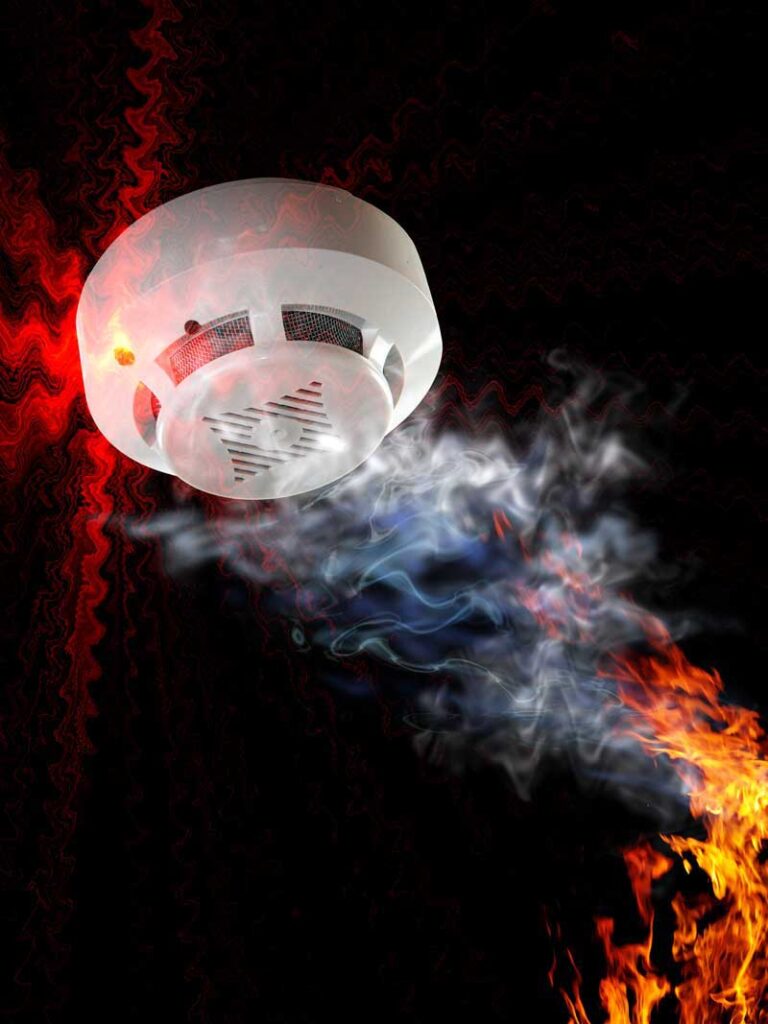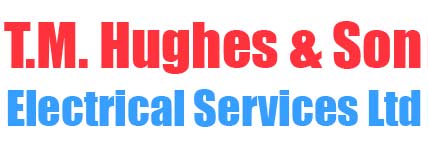
Would highly recommend.
Quick response and good workmanship
Thanks
Special thanks, also, to Steve's earnest contribution: not only for his positive and courteous attitude but also the due diligence and care consistently applied in terms of cleaning up after each stage in the whole process. Much admired and greatly appreciated.
Overall, I am very pleased with the entire experience and, as such, would happily recommend TM Hughes and Son to others.
Welcome to TM Hughes & Son Electrical Services Ltd. We install Smoke, Heat & Carbon Monoxide Alarms on Canvey Island.
Our team of NICEIC Registered Electricians are fully insured and on hand to provide free, no-obligation surveys and quotes.
Alarms, Use, Installation & Replacement
Smoke, Heat & Carbon Monoxide alarms serve different purposes and must be installed and maintained differently.
Smoke Alarms
- Use: Smoke alarms should be used in all homes, with at least one on every level.
- Installation: They should be installed on the ceiling or high on the wall at least 10 feet away from cooking appliances to prevent false alarms.
- Maintenance: Smoke alarms should be tested monthly, and batteries should be replaced at least once a year. The smoke alarm unit should be replaced every 10 years.
Heat Alarms
- Use: Heat alarms are best for areas prone to false alarms from smoke detectors, such as kitchens, garages, or areas with high dust levels.
- Installation: As heat rises, these alarms should be installed on the ceiling or high on walls. Avoid areas where rapid temperature changes occur, such as near AC ducts and windows.
- Maintenance: Like smoke alarms, heat alarms should be tested monthly. Replace batteries yearly; the whole unit should be replaced every 10 years or as specified by the manufacturer.
Carbon Monoxide Alarms
- Use: Carbon monoxide alarms should be installed in every home that uses fuel-burning appliances such as a gas Boiler, has a fireplace, or has an attached garage.
- Installation: These alarms should be installed on every level of the home.
- Maintenance: Test carbon monoxide alarms monthly. The batteries should be replaced at least once a year, and the entire unit should be replaced every 5-7 years or as the manufacturer recommends.
The Importance Of Interlinking Alarms
Interlinking alarms, also known as interconnected alarms, are an essential safety feature, especially in larger homes.
When alarms are interconnected, if one alarm detects a hazard and sounds off, all the alarms in the network will also go off, alerting everyone in the home.
Here are four reasons why interlinking is important
- Early Warning: If a fire or carbon monoxide leak starts in any part of the home, the alarm closest is triggered first. However, if that alarm is not within earshot of the occupants, they might not be aware of the danger. Interconnected alarms ensure that when one sounds, they all sound, providing an early warning to all occupants, no matter where they are in the home.
- Increased Safety: An alarm system aims to alert people to a potential threat as soon as possible, giving them the maximum time to escape. Interconnected alarms amplify the alert, making it hard to miss or ignore.
- Compliance with building regulations: Building regulations require new homes, homes undergoing substantial renovations and rented properties to have interconnected smoke/heat alarms.
- Adaptability to Different Hazards: Smoke, heat, and carbon monoxide alarms detect different hazards. If these alarms are interconnected, they provide comprehensive protection. For example, a carbon monoxide alarm may detect a leak and set off all alarms, warning the entire household.
With advancements in technology, alarms can be interconnected by wires or wirelessly.
Professional installation is recommended to ensure correct setup and functionality, providing the best possible protection for your family and home.
Please contact us today for a free, no-obligation quote. You can find a phone number and contact form below.

Hi, I’m Terry, the founder and owner of TM Hughes & Son Electrical Services
Please get in touch to book an appointment or receive a free, no-obligation quote
Call: 01268 351560



